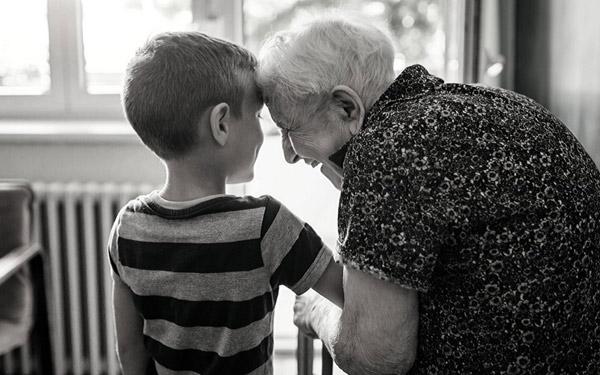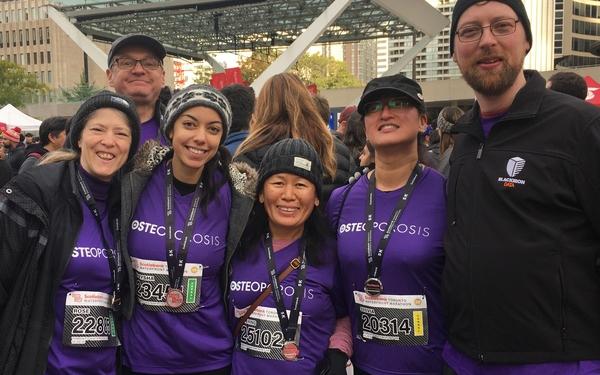
Hip Fractures
Hip fractures from osteoporosis are usually the result of a fall and most commonly occur in people in their late 70s or 80s. A broken hip will require hospitalization and will often require an operation to repair the break. Most hospitals have a plan for rehabilitation that follows hip surgery. If you have broken your hip, you are at high risk for any other kind of fracture from osteoporosis, including another broken hip. To reduce the risk of fractures, medication, a calcium-rich diet and adequate vitamin D supplementation are recommended.
A hip fracture will affect all aspects of your daily life. Medication can be used to manage your pain. Physical therapists will recommend bed exercises to increase strength and range of motion right after surgery. They will also encourage you to stand and walk with a walker as soon as possible.
Occupational therapists are healthcare workers trained to assist you to learn ways to restore independence with daily tasks such as getting dressed, bathing or preparing a meal. As you continue to heal, a physical therapist will teach you exercises to strengthen the muscles that support and control the hip joint. A physical therapist or occupational therapist may recommend that you use assistive devices such as a raised toilet seat, a long-handled reacher, a sock aid, a long-handled sponge, a shower chair or a transfer bench, a bed pan or woman’s urinal, and other items to make activities of daily living easier for you to do.
After hip surgery, avoid movements that bend the hips more than 90 degrees, such as raising your knee higher than hip level even when you are sitting, or leaning too far forward, or crossing your legs. Your recovery will depend on how well you were able to function and your general state of health before the fracture. Regular physical activity is encouraged to improve your quality of life and to help reduce your risk of another fracture.
Examples Of Assistive Devices
Long-reached handler

Long-handled sponge
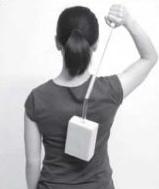
Raised toilet seat
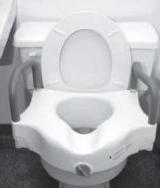
Shower chair
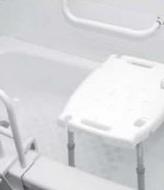
Sock Aid
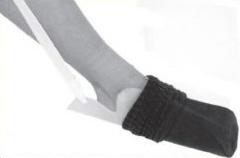
Helpful Hint:
“After my fracture, I found it difficult to use a bed pan, but a friend found me a woman’s urinal and then I could drink fluids without the fear of having to get up to go to the bathroom.”

